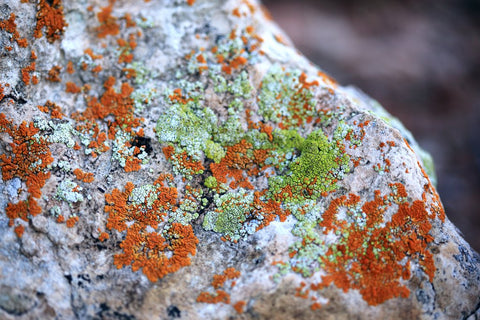THE DANGERS OF MOLD AND DAMP IN YOUR GARAGE
We normally only consider the danger posed by mold in our homes, but with 55% of Americans spending 1-2 hours each week in their garage doing hobbies and other activities, it is time we seriously considered the danger posed by mold and damp in the garage.
Mold is a generic term given to 300,000 different species of fungi that generally appear as black, green, yellow, brown or pink “furry” growths, and can sometimes have an unpleasant odor.

To be able to grow in your garage the mold requires 4 things:
- Organic material (such as wood, paper, cardboard, fabrics and soap) that act as food for the microorganism.
- Warmth
- Oxygen
- Moisture

The only factor that we can reasonably control is moisture. Garages must contend with rain, flooding, wet floors, and standing water. These all provide the excess moisture that fuels mold growth. In warm, humid conditions, mold growth can quickly get out of control.
Prolonged exposure to this mold can be very damaging to health. There are strong links between exposure to damp indoor conditions and upper respiratory track conditions, which is why the World Health Organization categorizes the health risk posed by mold in the same category as Asbestos.

Exposure to mold can result in many symptoms, the most common being coughing, sneezing, chest tightness, eye and throat irritation, constant tiredness, headaches, skin irritation and rashes, nausea, difficulty breathing and nosebleeds. Mold exposure is particularly dangerous for babies, children, and the elderly.
But mold doesn’t just pose a danger to health. Mold can spread through timber and brickwork, damaging internal walls and impacting on a garage’s structural integrity. If the garage is made of porous building materials the mold can embed in the pores along with moisture. This moisture will expand upon freezing. The repeated action of freezing and thawing in these porous materials will result in the surface of the material shattering, causing further damage to the garage.
Finally, mold is a sign of high moisture levels, which can result in wood-decaying fungus growing, which can result in catastrophic damaged.
If you have a serious mold problem, contact mold remediation professionals.
For help dealing with mold in the garage, see our blog post.
